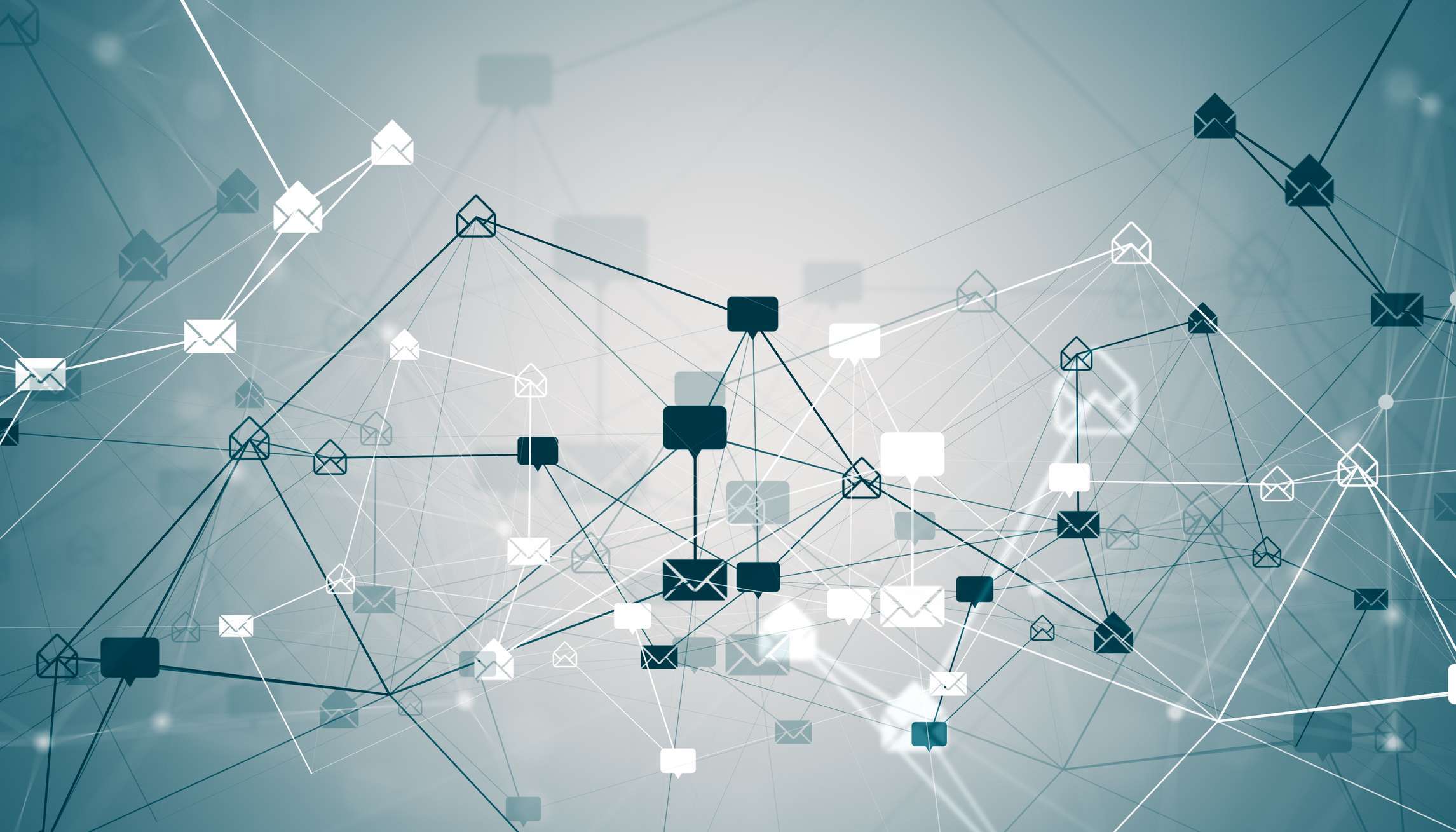From SPF to DMARC: A Step-by-Step Guide to Secure Email Practices

 By
Jason Miller
·
3 minute read
By
Jason Miller
·
3 minute read
From SPF to DMARC: A Step-by-Step Guide to Secure Email Practices
As cyberattacks become more targeted and sophisticated, email remains one of the easiest ways for attackers to impersonate trusted brands and trick users into revealing sensitive information. Implementing proper email authentication is a must for any organization. If you're looking to improve your email deliverability and defend your domain, mastering SPF, DKIM, and DMARC setup is the essential first step.
These three protocols work together to validate sender identity, block spoofed messages, and give you full control over how your domain is used. This guide breaks down each protocol and offers a clear path to configuring a secure email ecosystem.
What Is SPF, and How Do You Set It Up?
Sender Policy Framework (SPF) is a DNS-based protocol that tells mail servers which IP addresses are allowed to send email on behalf of your domain. If a message comes from an unauthorized source, it fails SPF validation and may be flagged as spam.
To set up SPF:
- List all legitimate email-sending services you use (e.g., Gmail, Mailchimp, etc.)
- Create a TXT record in your domain's DNS settings with the authorized IPs or services
- Test the SPF record to ensure it's properly formatted and complete
Example SPF record: v=spf1 include:_spf.google.com include:mailchimp.com ~all
Understanding DKIM and Its Configuration
DomainKeys Identified Mail (DKIM) allows your outgoing messages to be cryptographically signed, proving that the content hasn’t been altered and that the sender is verified. The recipient’s server checks the digital signature against a public key in your DNS records.
Steps to set up DKIM:
- Generate a public-private key pair using your email platform or manually
- Add the public key as a TXT record in your domain's DNS
- Enable DKIM signing in your email platform
- Send test messages and verify that DKIM passes validation
DKIM adds an essential layer of trust to your communications, especially for marketing and transactional emails.
What DMARC Does and How to Implement It
Domain-based Message Authentication, Reporting, and Conformance (DMARC) builds on SPF and DKIM by allowing you to specify how mail servers should handle messages that fail authentication. It also provides valuable reporting to help you monitor your domain.
DMARC setup includes:
- Publishing a TXT record in your DNS with your desired policy (none, quarantine, or reject)
- Specifying an email address to receive aggregate and forensic reports
- Starting with a “none” policy to monitor traffic, then gradually tightening to “quarantine” or “reject”
- Reviewing reports regularly to catch unauthorized senders
Example DMARC record: v=DMARC1; p=none; rua=mailto:dmarc@yourdomain.com; pct=100
Did you know?
Domains with properly configured SPF, DKIM, and DMARC are 90% less likely to be spoofed by cybercriminals.
Best Practices for Email Authentication Deployment
Successful SPF, DKIM, and DMARC setup goes beyond just adding records—it requires ongoing maintenance and awareness. Best practices include:
- Review and update SPF records regularly as email providers change
- Rotate DKIM keys periodically to maintain cryptographic strength
- Start DMARC with monitoring mode before enforcing strict policies
- Use DMARC report analysis tools to simplify and visualize data
- Coordinate efforts across marketing, IT, and compliance teams
Embedding these steps into your ongoing operations ensures sustainable, long-term protection.
Benefits of a Secure Email Framework
Beyond preventing impersonation, these protocols offer tangible benefits:
- Improved deliverability: Authenticated emails are more likely to reach the inbox
- Brand protection: Prevent attackers from impersonating your domain
- Insight into email activity: DMARC reports provide visibility into how your domain is used
- Regulatory alignment: Many privacy laws and frameworks recommend or require authentication controls
These benefits lead to better customer trust and stronger overall cybersecurity hygiene.
Get Expert Help with Email Authentication
Setting up SPF, DKIM, and DMARC correctly can be time-consuming, especially across multiple domains or email providers. If your organization needs guidance, BitLyft’s Automated Incident Response service can help you deploy and manage a secure, policy-driven email authentication framework with real-time protection and reporting.
FAQs
What is the difference between SPF, DKIM, and DMARC?
SPF specifies which servers can send email from your domain, DKIM verifies message integrity with cryptographic signatures, and DMARC tells servers how to handle messages that fail SPF or DKIM checks.
Can I use DMARC without SPF or DKIM?
Technically yes, but DMARC relies on SPF and/or DKIM to validate messages. Without them, DMARC is ineffective.
Do all email services support SPF, DKIM, and DMARC?
Most major providers support these protocols, but configuration steps vary. Always consult your provider’s documentation.
How long does it take for DNS changes to take effect?
It can take anywhere from a few minutes to 48 hours for DNS changes to fully propagate across the internet.
What happens if I set DMARC to reject too early?
You may block legitimate emails from services not yet included in your SPF or DKIM setup. Start with a “none” policy and analyze reports before tightening enforcement.